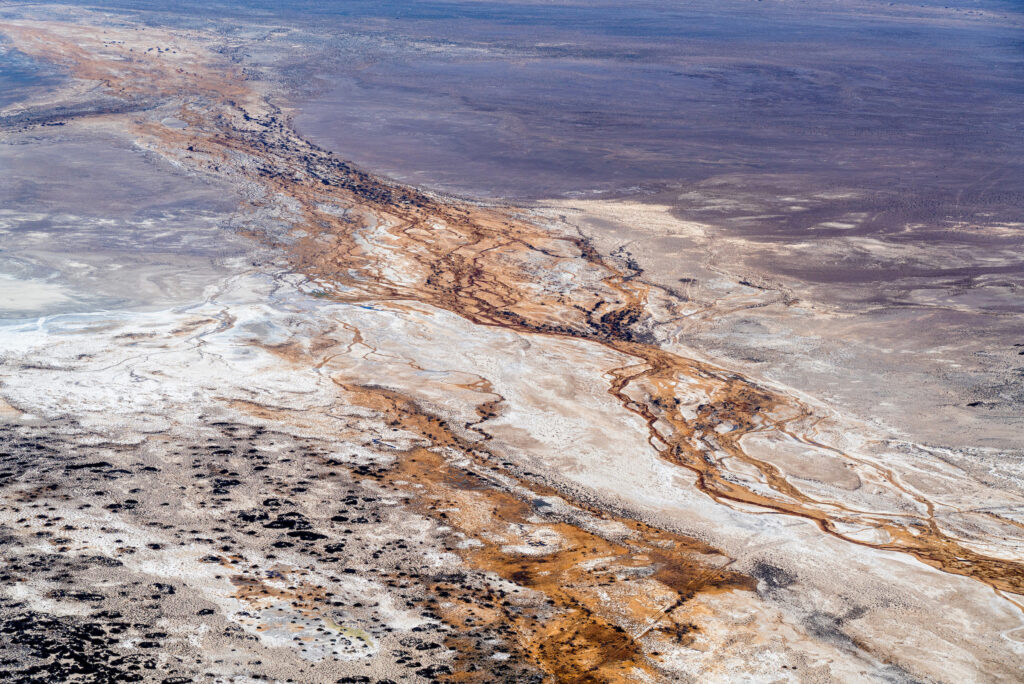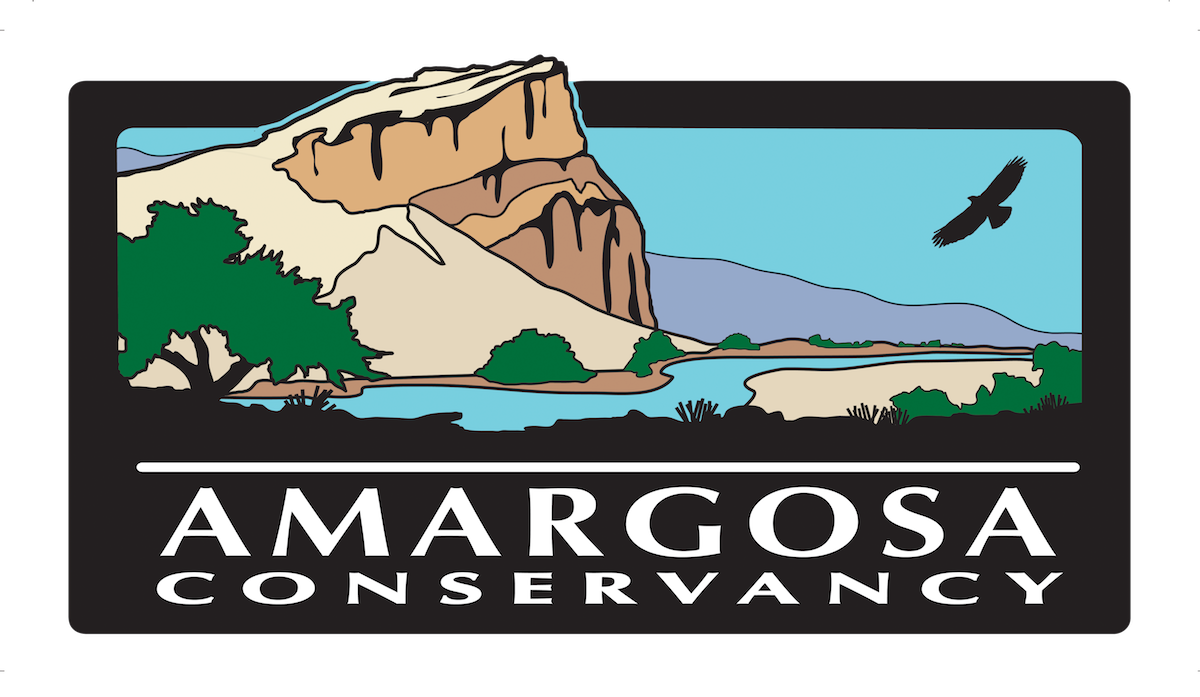![]()
![]() While peering out the window of a single-engine Cessna 210 propellor plane on an Ecoflight over the northern Amargosa Basin, I had two thoughts simultaneously:
While peering out the window of a single-engine Cessna 210 propellor plane on an Ecoflight over the northern Amargosa Basin, I had two thoughts simultaneously:
This river is incredibly beautiful.
This river is incredibly vulnerable.
The Amargosa River faces threats at virtually every turn. Though currently inactive, the Yucca Mountain nuclear repository project still looms on the horizon in close proximity to the Amargosa watershed. Planned mining operations near Beatty could include dewatering very near the headwaters of the Amargosa River. Proposed solar arrays in the Amargosa Valley could degrade pristine desert habitat. Groundwater pumping for commercial agricultural and residential sprawl in the Basin have already impacted the water table causing spring flows to decline. Through it all, the river flows on, supporting pockets of crucial habitat for some of the most rare lifeforms on the planet such as the Amargosa niterwort, the Devils Hole pupfish, and the Amargosa toad.
The key takeaway of my Ecoflight experience was the future of the Amargosa River depends heavily on how water in the Basin is managed in the years to come.
The Amargosa Conservancy believes that successful management of groundwater and ecological resources in the Basin must be developed on a foundation of good science. That is why we are actively engaging on important state and regional water policy issues, including Order 1330.
The Nevada State Engineer has issued Order 1330 which proposes to move water management in the northern Basin towards a more scientifically grounded approach. The order proposes to adopt the USGS Death Valley Regional Flow System numerical groundwater model — commonly referred to as “DV3” — as the prevailing model for guiding groundwater management in the region surrounding the Devils Hole in Ash Meadows. The process set in motion by Order 1330 is highly consequential for the future of the Amargosa Basin as it establishes a stronger hydrological basis for making increasingly complex water management decisions in one of the most unique desert river ecosystems on Earth.
The AC sees this pivot towards a more scientific approach as a huge step towards a sustainable future for the Amargosa River. We have plans to engage in public hearings on this issue with our partners in the region and have already garnered robust support for requesting a delay for the hearing scheduled in May. Given the complexity of groundwater modeling and the huge impact of this order on a diverse array of stakeholders, we want to ensure that we and our partners have sufficient time to prepare and provide the best possible evidence.
We are witnessing a period in the Amargosa River’s history of both grave threats and great opportunity. Our work as supporters of science, stewards, and advocates for the Amargosa River is perhaps more important now than ever before. And we can’t do it without your support.
If you love this extraordinary desert river and the communities of remarkable wildlife that call it home, please consider donating to the Amargosa Conservancy today. We are proud to do good work for the river with your help. Follow this link to donate and to sign up for our newsletter so that you can stay in-the-know on issues like Order 1330 and other projects.

